- AI

Artificial Intelligence

Smart Products & Services
We follow Smart Products & Services

Intelligent Business Functions & Processes
We follow Intelligent Business Functions & Processes

Robotic Process Automation
We follow Robotic Process Automation

Personalized
healthcareWe follow Personalized healthcare

Identifying at-risk patients
We follow Identifying at-risk patients

Optimized routing and scheduling
We follow Optimized routing and scheduling
- ML

Machine Learning

Predictive
AnalyticsWe follow Predictive Analytics

Service Personalization
We follow Service Personalization

NLP
We follow NLP (Natural Language Processing)

Stock Market Forecasting
We follow Stock Market Forecasting

Fraud Prevention
We follow Fraud Prevention

Recommender engines
We follow Recommender engines
- blockchain

Blockchain

Public Blockchain
We follow Public Blockchain

Private Blockchain
We follow Private Blockchain

DEFI
We follow DEFI Blockchain

Initial stake pool offering development
We follow initial stake pool offering development
- IOT

Internet of Things
- AR
- Business Solutions

Business Solution

Business Performance Management
We follow Business Performance Management

Decision Making & Big Data Analytics
We follow Decision Making & Big Data Analytics

Enterprise Data Management
We follow Enterprise Data Management
- Apps

Apps

Native Apps
We follow Native Apps

Cross Platform Apps
We follow Cross Platform Apps

Web Apps
We follow Web Apps

Hybrid Apps
We follow Hybrid Apps

Cloud Native Apps
We follow Cloud Native Apps
- Lab
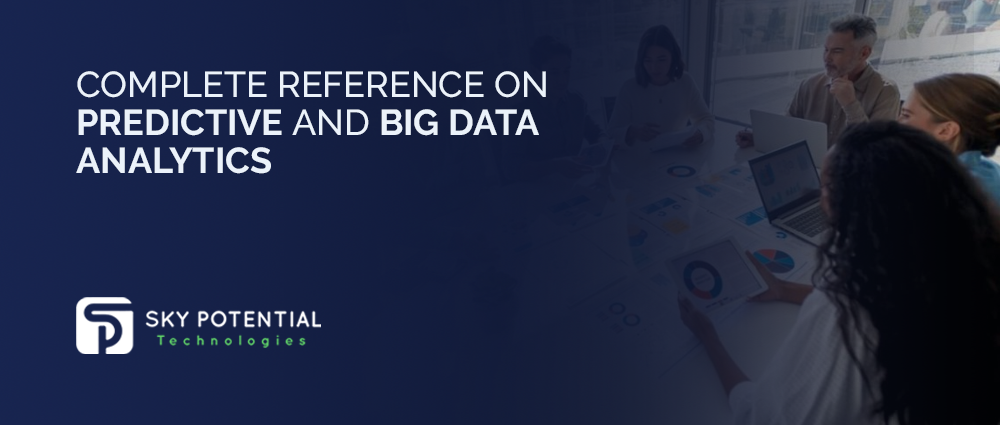
Complete Reference on Predictive and Big Data Analytics
Do you have a company of your own that you’d want to develop and grow? Or a thing to create? It’s wonderful if you have a plan for where to start. If not, you need to conduct some analysis. Data collection, processing, cleaning, and output creation are all made easier with the aid of big data analytics. Additionally, predictive analytics may forecast events based on your company’s past, present, and future business activities. Do you ever wonder how predictive analytics and big data work?
Big Data’s Effect on Predictive Analytics
Big Data refers to unprocessed, massive quantities of data that are useful for research and analysis. The capacity of data these devices can acquire increases as we develop more new technologies. Therefore, it is crucial to exploit these massive amounts of data by evaluating them. Additionally, because it is hard for people to analyze large amounts of data manually, this type of study calls for specialized tools and automation. Massive data analytics refers to the automated process of big data analysis. The global Big Data and Analytics market is worth $274 billion.
Big Data Analytics is a massive collection of procedures that examine Big Data from various angles in order to find patterns, correlations, market trends, and customer preferences that can help businesses make the best decisions possible. Therefore, data analytics is one of the top goals for all enterprises across all sectors.
Big Data is a collection of technologies that gather enormous quantities of information that are constantly growing. In order to forecast future events, predictive analytics analyses raw data, transforms it into structured data and looks for patterns.
What Advantages Do Big Data Analytics Offer?

According to Allied Market Research, the global market for big data and business analytics is anticipated to grow at a CAGR of 10.9% from 2020 to 2027, reaching $420.98 billion. It makes sense, given that businesses may use big data analytics tools and software to make data-driven decisions that enhance business outcomes. The most frequent enhancements can involve successful marketing, new income, consumer personalization, and better operational effectiveness that could propel a company over its rivals.
How Does Big Data Analytics Work?

As Bitnews Today points out, big data analytics mainly uses four processes. These are data collection, information processing, cleanup, and analysis. Let’s discuss each of these processes.
Predictive analytics solutions are concerned with extracting information from existing data sources. It aims to identify patterns and predict future outcomes using techniques such as artificial intelligence, statistical modeling, and machine learning.
Collect Data

Mobile records, customer feedback forms, customer email threads, research reports, social media platforms, and mobile applications are sources from which data analysts can gather specific information. Various companies are looking to use data collection to extract all the valuable information. They need to gain insights, move forward, and be successful. Big data analyzed by older workers is rather messy, as if unstructured or semi-structured. Therefore, this information is only readable using specific tools.
Process Data

After data is collected, the next step in using it is to store the data in a data pool or warehouse. Deployed in one convenient location, analysts can organize, and group chunks and bits of big data to paint a bigger picture for each query and with greater accuracy in terms of results.
Cleaning
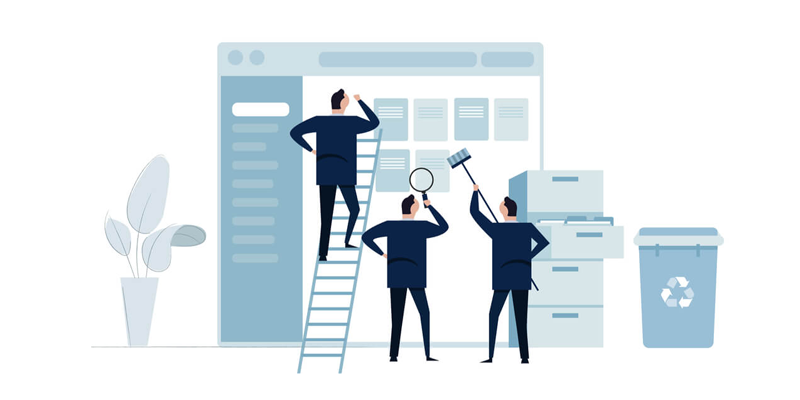
To ensure the processed data that analysts work is complete and actionable, it must be free of duplicates, watery inputs, system errors, and other types of inconsistencies. Therefore, this step allows you to optimize your big data to get more accurate results later.
Analyze
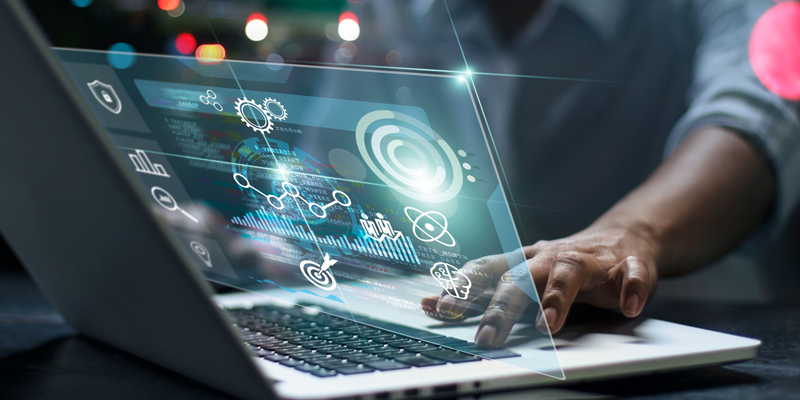
This is the final step where the collected, processed, and cleaned raw data can be analyzed to extract desired results. You can use it here:
- Data mining (helps extract useful and actionable data patterns)
- Artificial intelligence (uses human-like thinking to explore and extract deep data analysis)
- Text mining (with the help of AI, meaningful informational insights can be obtained from pools of unstructured data)
- machine learning.
- Predictive analytics (a company’s better forecasts and future insights based on past and historical data analysis)
- Deep learning (analysis and extraction of huge amounts of unmanaged data)
- Big data analytics offers many possibilities and ways to analyze data, but in 2021 the focus will be on predictive analytics and its manifestation.
What Is Predictive Analytics In Big Data?

According to IBM, Big Data predictive analytics techniques belong to Advanced Analytics. Predict future outcomes using historical data, statistical modeling, data mining, and machine learning. Companies use predictive analytics to understand risks and opportunities using predictable data patterns.
Big data and data science also include predictive analytics. Enterprises today use transactional database data, device log files, images, videos, sensors, and other data sources to generate insights. Deep learning and machine learning algorithms can be used to extract information from this data.
What Do You Get From Data Extraction?

You can see patterns in data volumes and predict future events. For example, algorithmic approaches include linear and nonlinear regression, neural networks, support vector machines, and decision trees.
Predictive analytics is most useful in industries such as banking, healthcare, human resources, marketing and sales, retail, and supply chain. According to Statista’s report, by 2022, the predictive analytics market projections will see annual revenue surpass 110 as more companies adopt big data techniques for predictive analytics on almost everything from fraud detection to medical diagnosis. They are projected to reach billions of dollars.
What Types Of Predictive Analytics Are There?

In general, there are three types of predictive analytics companies can apply for:
- predictive modeling
- descriptive modeling
- decision modeling
Predictive Modeling

Predictive modeling requires statistical data that can predict outcomes. The main purpose of predictive modeling is to confirm that similar units perform similarly in different samples and vice versa. For example, predictive modeling can be used to predict customer behavior and credit risk.
Descriptive Modeling

Descriptive modeling tends to group customers to describe specific relationships in the dataset. The result is an overview of the various relationships between customers and products. Product preferences consider age, status, gender, etc.
Decision Modeling

Decision modeling shows direct relationships between factors in decision-making. This can be data, decisions, and expected outcomes. Relationships between items can potentially predict future outcomes, increase the likelihood of desired outcomes, and reduce others.
What Are The Benefits Of Predictive Analytics?

Here are the top eight benefits businesses can achieve with the help of predictive analytics. An application of predictive analytics can, therefore:
- Increase your competitiveness in the market
- Develop new product (service) opportunities
- Optimize the performance of our products (services).
- Gain insights based on customer preferences
- Reduce unnecessary costs and risks
- Deal with the problem immediately
- Meet user needs 100D44 Improve collaboration
Other Core Benefits Of Predictive Analytics Are In Detecting:

- The fraud you may be warned about
- Pattern consistency that can be improved
- Fraud that can be prevented
- Marketing campaign errors that can be optimized
- Customer buying preferences you should know
- Plan staff benefits that can be improved
- Analyzable churn rate
- Competitor progress you can analyze
How Does Predictive Analytics Work?

To use predictive analytics, every company should be driven by business goals. Goals can be, for example, cost reduction, time optimization, or waste elimination. Goals can use one of the predictive analytics models to process rich data and get the desired results the first time.
For example, to forecast sales, it is imperative that:
- Get data from multiple sources. In particular, it retrieves data such as product sales data, marketing budgets, and Gross Domestic Product (GDP) values.
- Remove data from unnecessary pieces and aggregate them or group them by similar data types.
- Build a predictive model. For example, you can use neural networks to predict sales.
- Develop your model into production and make it accessible to other apps.
Comparing Big Data Analytics and Predictive Analytics
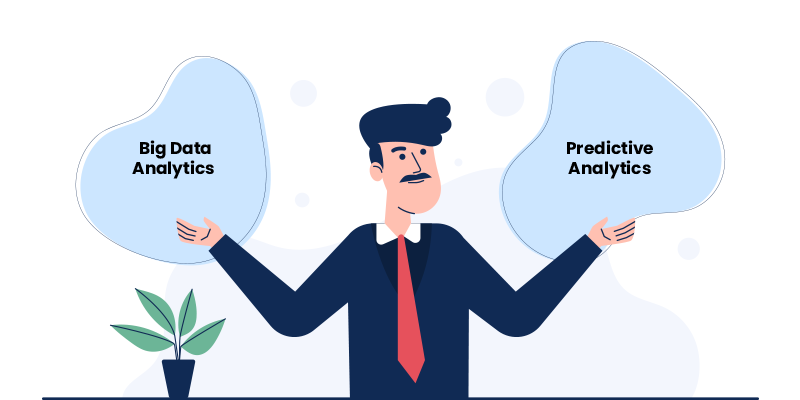
Big data and predictive analytics may sound similar, but they are not. So let’s take a closer look at predictive analytics versus big data to understand the difference.
How Big Data For Predictive Analytics Is Used Globally?

Predictive analytics identifies meaningful patterns in big data to predict future events. Predictive analytics can be applied to current, past, and future unknown data. It is using big data can provide valuable business intelligence.
To make an impact, there are several practical models for big data predictive analytics. These are:
Decision Tree
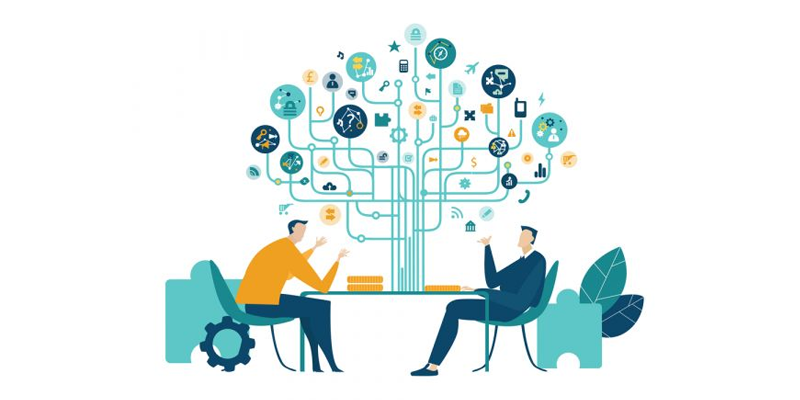
This model looks like a tree, with the branches of the tree representing available choices and individual leaves representing decisions. The model is easy to use and saves time when making urgent decisions by predicting the best outcome in the short term.
Recurrence

This is used in statistical analysis where a large data set must determine certain patterns. Also, there should be a linear connection between the inputs. The model builds expressions that describe specific relationships between all inputs found in the data set.
Neural Network

This model mimics somewhat how the human brain works. Address complex data relationships as they apply to AI and pattern recognition. This model is a helpful tool when you have a problem with large data where you need to understand the relationship between inputs and outputs or when you need to predict events. Industries and projects use predictive analytics with the help of an IT Services Company that provides the best services.
Industries that need to analyze huge amounts of data actively use big data for predictive analytics. These industries are:
- Health care
- Retail business
- Banking
- Manufacturing industry
- Public transport
- Internet security
The best projects for using big data and predictive analytics are:
- Big data for cybersecurity
- Health prediction
- Cloud server anomaly detection
- Big data jobs
- Malicious User Detection in Big Data Ingestion
- Analysis of tourist behavior
- Creditworthiness
- Electricity price forecast
Conclusion
Data Analytics Big data and predictive analytics help move your business forward by analyzing, grouping, and cleaning out all irrelevant information from consumer datasets. Big data predictive analytics enables organizations to look to the future and growth based on past and present experiences and pre-planned future directions. For more information contact us.

















































Leave a Reply